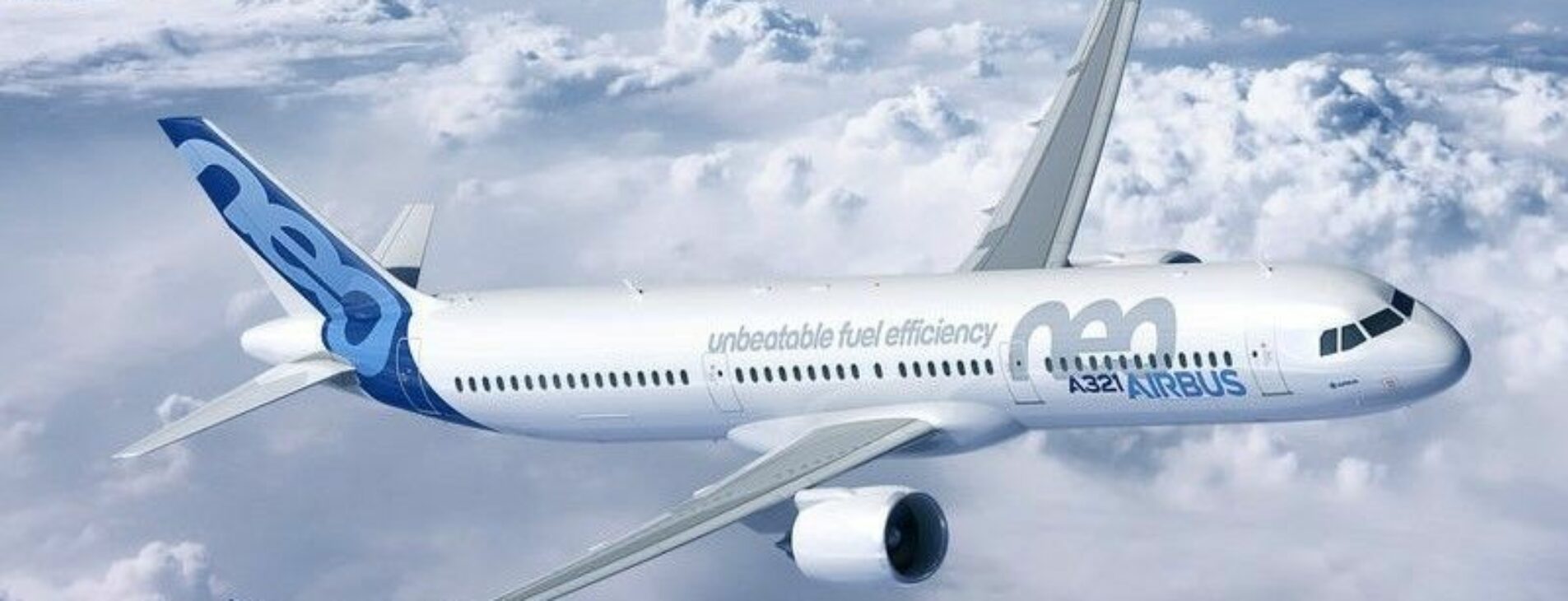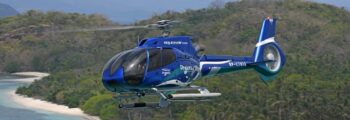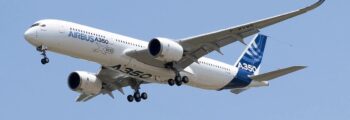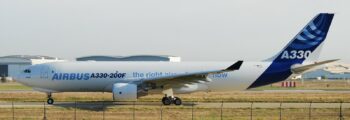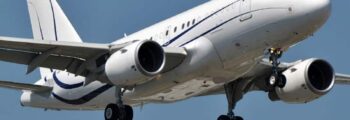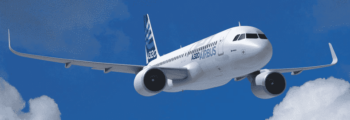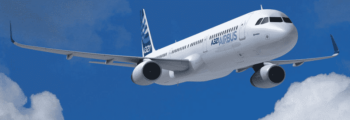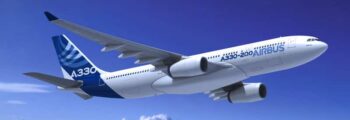Airbus: aircraft manufacturer
Airbus is a European aircraft manufacturer. It was formed at the end of the 1960s, after the grouping of multiple European aircraft manufacturers and companies. Its main headquarters is based in Toulouse, France, in the Blagnac area to be exact. This aircraft manufacturer, formerly known as Airbus Commercial Aircraft, specialises in the production of long-haul airliners. It is one of the leading manufacturers in the aviation world. In fact, nearly half of the world’s airliners are owned by Airbus and operate within many airlines. Airbus is in direct competition with the American aircraft manufacturer Boeing. Let’s take a look at the history, operations and initiatives of Airbus, as well as its fleet of aircraft.
How Airbus was formed
After the Second World War, the aviation industry began to develop. Turbojet engines were created, as well as numerous aircraft intended for passenger or cargo transport. Whether it’s for civil, military or commercial purposes. Then came the 1960s and the growth of air transport took off. It was in 1965, at the Paris Air Show, that European companies in the aviation industry were discussing aircraft projects in order to distinguish themselves from the American giants and their large aircraft. They had to find a different market. They transport many passengers over short and medium distances, like air buses, hence the name “AirBus”. The European aviation firms and manufacturers, all with their respective missions, considered grouping together. They then adopted the name Airbus, which became a European aircraft manufacturer.
The first projects of the aircraft manufacturer Airbus from 1965
- 1965: The first large capacity aircraft project started. Between France, England, and Germany, the project that emerged was an aircraft with a capacity of approximately 225 seats.
- 1966-1967: This period was a key point in the history of Airbus with the appearance of the Airbus A300 project. The members of Airbus developed an aircraft with a larger capacity of 300 seats, at a cost of 190 million pounds. This was paid for by the various Airbus member states. France and England both own 37.5% and Germany 25%.
- 1968: Airbus’ objective was to reach a minimum of 75 orders in order to complete the A300 project. However, many airlines were not overly interested in this aircraft. Airbus had not received any orders by June 1968. However, partnerships had already been signed with Lockheed and Rolls-Royce, who were to provide engines for the A300. A solution had to be found. It was then that the A300B was created. It was a smaller version of the A300. It was to be a lighter aircraft with fewer seats than the 300 that was planned. However, England withdrew from this project. Therefore, Germany and France each paid 50% of the project.
- 1969: The 2 countries joined forces in an agreement that was reached at the Paris Air Show in Le Bourget. They then launched the A300B, a twin-engine aircraft with 226 seats. It had the advantage of being more economical than other competing aircraft (which were typically four or three-engine aircraft). Several reshuffles in the Airbus group mainly for this project took place. It just so happened that the Netherlands joined the project and contributed 6.6% of the cost.
- 1970: Aviation groups Aerospatiale and Deutsche Airbus joined to officially form the Airbus Industrie group. This group is an EIG (economic interest group) based in different countries. The main headquarters was then located in Paris. The Airbus Industrie Group was chaired by Franz-Josef Strauss. Later, other European aviation companies joined the Airbus group. These included the Spanish aircraft manufacturer CASA.
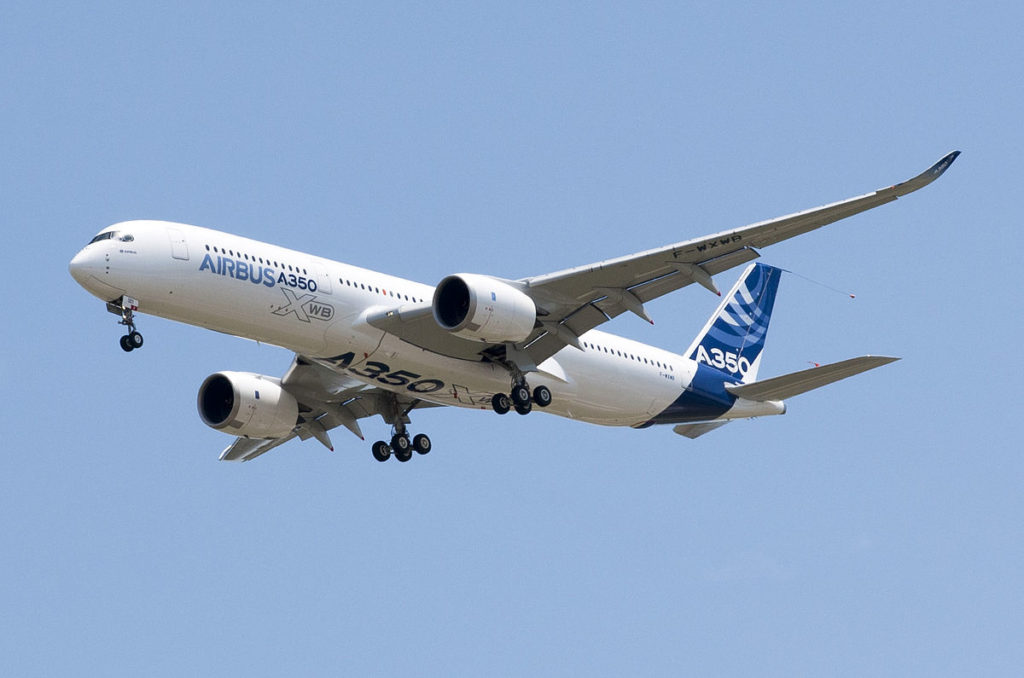
An aircraft from the Airbus manufacturer is launched
- 1974: The first A300B model made its first commercial flight. The original A300B project had been declined under many models (from A300B1 to B11) in order to meet market demands. Many aircraft such as a cargo version, a lighter version, an increased range, a reduced landing gear or a stretched version have been able to do their flight tests and prove themselves afterwards. That year was the first time the A300 aircraft was used by an airline; Air France. It is one of the only companies to opt for large capacity aircraft. The aircraft made its first commercial flight in April from Paris to London.
- 1978: Airbus had been trying to establish itself in the United States for several years, but without success. Then, that year, the aircraft manufacturer recorded its first real orders from the American company Eastern Air Lines (EAL), with an order for 23 B4 models of the A300. The various models of the A300 were a great success and entered into serious competition with the American giant Boeing. This gave Airbus the desire to manufacture new aircraft models more adapted to the demand of airlines. The original A300 model owes its success in part to Air France, which needed wide-body aircraft, but this was not the case for all airlines. The project of a new model was started, it was the A310 presented in 1978 in Hanover during an air show.
- 1979: The A310 was very popular, and many airlines were already placing orders. Although the United Kingdom withdrew from the previous project, it contributed up to 20% in the development of the A310. France and Germany both contributed 37.9%, and Spain the other 4.2%.
- 1982: test flight for the A310.
- 1983: First deliveries of the aircraft for notable airlines such as Swissair and Lufthansa. Several versions were to be manufactured by Airbus (for example the A310-200, the A310-300 or the A310-600). These different versions presented modifications on the wing, the empennage, but also on the capacity of the aircraft, or even a freight version.
- 1984: The production of the A300B models stopped.
Airbus’ fleet of aircraft became more diverse
- 1980s, Airbus saw an opportunity and a demand for the production of aircraft with around 150 seats, capable of flying medium-haul distances. In order to compete with the Boeing 737-200 in particular, the EIG planned a similar aircraft project. In 1981, the A320 project, a 150-seat aircraft, was launched. In order to stand out from the competition, the aircraft manufacturer wanted its future aircraft to be more fuel-efficient and to feature technological advances (notably the introduction of electric controls).
- 1984: marks the official launch of the A320. Orders had already been received for 80 aircraft for 5 airlines.
- 1988: The first A320 aircraft performed its first missions. In France, it was unveiled in Toulouse the year before. Air France then launched it in 1988. The A320 had been a great success and had even surpassed its American competitor Boeing, notably with a large order from Pan Am, an American airline.
The A320 was in a way a catalyst for the aircraft manufacturer Airbus, which was then considered one of the world’s leading manufacturers. This aircraft model held the record of 400 orders placed before its introduction, compared to only 15 for the A300 model.
- 1989: Riding the wave of success with its A320, Airbus decided to create the A321, a longer model, with a capacity of 186 passengers.
- 1990s: Airbus diversified its aircraft range and increased its production rate. It created various versions of the A320 (A318, A319 and A321). It also produced new long-haul aircraft such as the A330 and A340 (while keeping in mind to distance itself from Boeing and its new model, particularly the Boeing 767).
- 1993-1994: the first A340 and A330 respectively were put into service.
- 1995: a smaller version of the A320, the A319 made its first flight. This aircraft was important because its A319-114 version served as a reference for the first Airbus Corporate Jets (ACJ) in 1999.
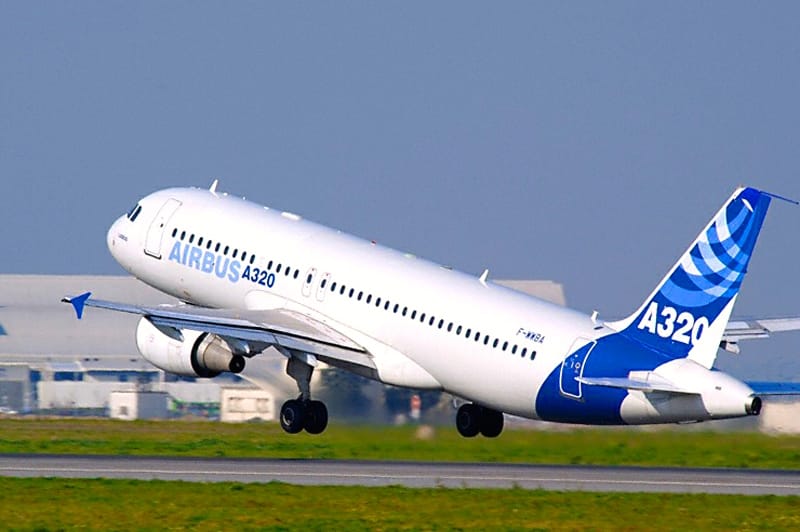
Airbus after the 2000s
At the end of the 90s, the Airbus group was restructured to remain a united and competitive structure in the face of the American giant, and above all to limit costs. Mergers between several aviation groups took place and in 2001, Airbus was 80% owned by EADS (formed with Aérospatiale, CASA and DASA) and 20% by BAE Systems. Airbus’ headquarters were located in Toulouse, France. The CEO was Noël Forgeard.
- 2000: a huge project is launched, studies had already been carried out in the 80s. It was a large aircraft, with a capacity of up to 800 people, which was called the A3XX. This project was then renamed Airbus A380 as it is known today, the world’s largest passenger aircraft. At this point, Airbus had already received orders for 55 aircraft from six airlines.
- 2005: the A380 makes its first test flight. During the construction process, some aspects of the aircraft were difficult to implement. In particular, the final assembly of the different parts of the aircraft. Deliveries of the A380 were then delayed. The first aircraft for airlines were then available in 2007. Because of these continuous delays, Airbus recorded a loss of 4.8 billion euros. Some airlines (such as Emirates), asked for financial compensation. To cope with the situation, Airbus decided to restructure its various production sites and to standardise production systems.
- 2005: A quick look at Airbus’ leading aircraft: at that time, the A320 alone accounted for 75% of the manufacturer’s orders.
- 2006: Airbus develloped a new aircraft; the A350. It was presented that year at Farnborough. This wide-body aircraft was to compete with the Boeing 777. It has a capacity of 350 passengers. Its first flight took place in 2013.
- 2007-2008: restructuring plans (Power8, Power8 plus in particular) were implemented. Costs had to be reduced, resulting in nearly 10,000 job cuts and strong protests. Sites were also sold and others relocated.
- 2011: Concerned about environmental issues, Airbus unveiled its NEO (New Engine Option) project. It was applied to the A320neo, which consumed 15% less fuel. With 1425 orders, this aircraft model became the most coveted aircraft before it was put into circulation.
- 2010s: Airbus consolidated its global presence in the aviation market. It successively achieved records for orders and production during these years.
The current CEO of the company is Guillaume Faury, and has been since 2018.
Airbus after the pandemic
- 2020-2021: The aviation company, impacted by the Covid-19 crisis, announced that it lost 481 million euros in 2020. However, in 2021, orders started to rise again, with revenues of 363 million euros in the first quarter
2021 also marked an experiment by Airbus, which for the first time used 100% biofuels for one of its flights. This initiative is in line with the goal of achieving carbon neutrality in aviation by 2050.
- January 2022: Airbus signed 36 major orders for the beginning of the year. It also made 30 aircraft deliveries in the same month for around 20 customers. In addition, the aircraft manufacturer delivered its first ACJ TwoTwenty to the Swiss airline, Comlux. It is an Airbus 220-100 specially designed for business use.
- February 2022: With its delivery of Airbus aircraft, the manufacturer announced that the year 2021 was a record year. Indeed, the aircraft manufacturer made a record profit of 4.2 billion euros. With 611 commercial aircraft delivered, an increase of 8% compared to 2020 was recorded.

Airbus’ key figures
The aircraft manufacturer can be characterized by some important figures to date:
- 130,000: the number employees of more than 100 nationalities.
- 180: the number of Airbus sites around the world.
- 12,000: the number of suppliers that Airbus has.
The different initiatives of Airbus
Airbus is not only about recognized commercial aircraft such as the A320 or the A380. It is also about its numerous initiatives and achievements in other areas. Already specialised in the production of commercial aircraft of course, but also in the production of helicopters (Airbus Helicopter), and aircraft for defense, space and security. The company’s goal is to connect people and provide innovative and secure solutions.
Finally, Airbus makes it a priority to build aircraft that are constantly more reliable, clean, less polluting and always at the cutting edge of the industry. It is in the process of creating hybrid, greener, ecological, electric services or even unmanned drones. The future of transportation is an area that Airbus is constantly exploiting and innovating.
The various Airbus projects for sustainable aviation
The subject of zero emissions is a groundbreaking one for the manufacturer. The aircraft manufacturer relies on 4 areas and develops various projects.
First of all, Airbus creates aircraft with the aim of emitting no CO2 emissions. This is the case with their CityAirBus project. It’s an electric eVTOL that has already completed numerous test flights.
In the future, the company plans to develop hydrogen-powered aircraft. For Airbus, hydrogen is a very promising source that will reduce the impact of aviation on the global climate. They plan to employ this in their commercial aircraft by 2035.
The aircraft manufacturer also uses natural energy, namely the sun, to power its aircraft. Solar panels can capture solar energy and convert it into a propulsion system for its aircraft. Currently, it has a space device, Zephyr, which is powered exclusively by the sun’s rays.
Finally, Airbus also wants to reinvent urban air mobility. Air transport of the future city is already in progress. Electric aircraft are being manufactured to provide solutions for mobility in the city. Airbus has also set up a specialised unit for this project, Airbus Urban Mobility.
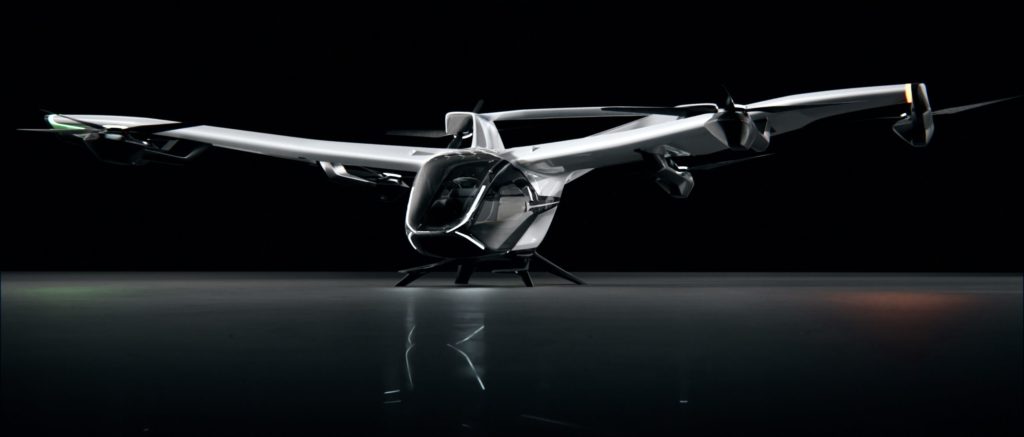
Airbus’ fleet of aircraft
Airbus has manufactured numerous aircraft, planes and helicopters for both commercial and military purposes, as well as for space and sustainable aircraft projects for future aviation.
To learn more, visit the pages of these major commercial aircraft that make the aviation giant famous today: Airbus A319, Airbus A320, Airbus A321, Airbus A340, Airbus A330, Airbus A350, Airbus A318 ELITE, ACJ 220 and the CityAirBus.
You now know a little more about this aviation giant. At AEROAFFAIRES, our team is available 24/7, including weekends and public holidays. We will make every effort to respond quickly to your request from our online quote, or by phone at +33 1 44 09 91 82.

